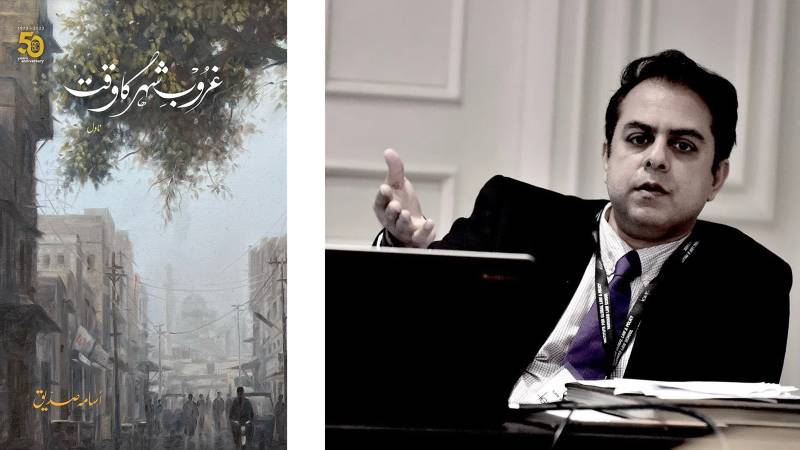Osama Siddique’s debut Urdu novel is an exquisite addition to Urdu literature. It is a celebration of all the finer things that make human existence worthwhile, and also of a language and diction that we are so bent upon dismissing and neglecting. An exploration of an array of emotions; a celebration of ruins; a discourse on philosophy; and a sensitive documentation of the lives of so many faceless and nameless characters in life that pass by us unacknowledged, but not exactly unnoticed.
The narrative is like an intricate tapestry woven with darkness and light and glimmers of gold, enthralled by beauty and yet also giving due weightage to the realities of decay and death. Each chapter opens a different portal in time and space and then shuts it down before things begin to fully unravel. In the beginning, the reader can only catch glimpses of particular moods and locales before the scene shifts to another realm and a new subject.

This unique style of writing seems to be opposite to what James Joyce employs in , where the entire plot revolves around a single day; and yet it still resonates with and reminds us of that masterpiece in some mysterious way. The non-adoption of a conventional structure & a wholly linear storyline bestows upon the text an almost dreamlike feeling; lucid yet not stark or conclusive. It is as if the author is as eager, as surprised, and as thrilled by what comes next as his reader, and thus the story writes itself.
An added thrill was the sense of De�.
















